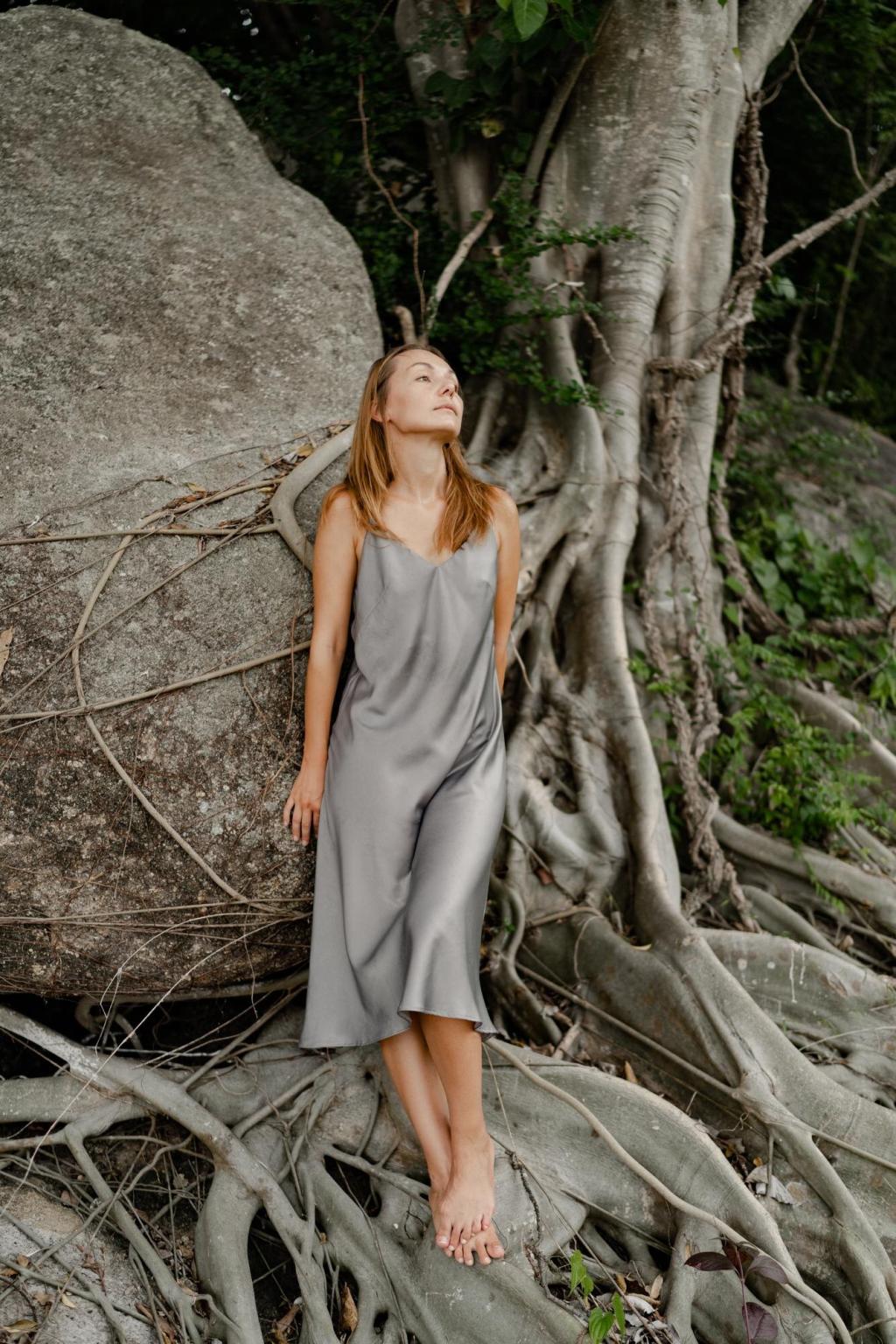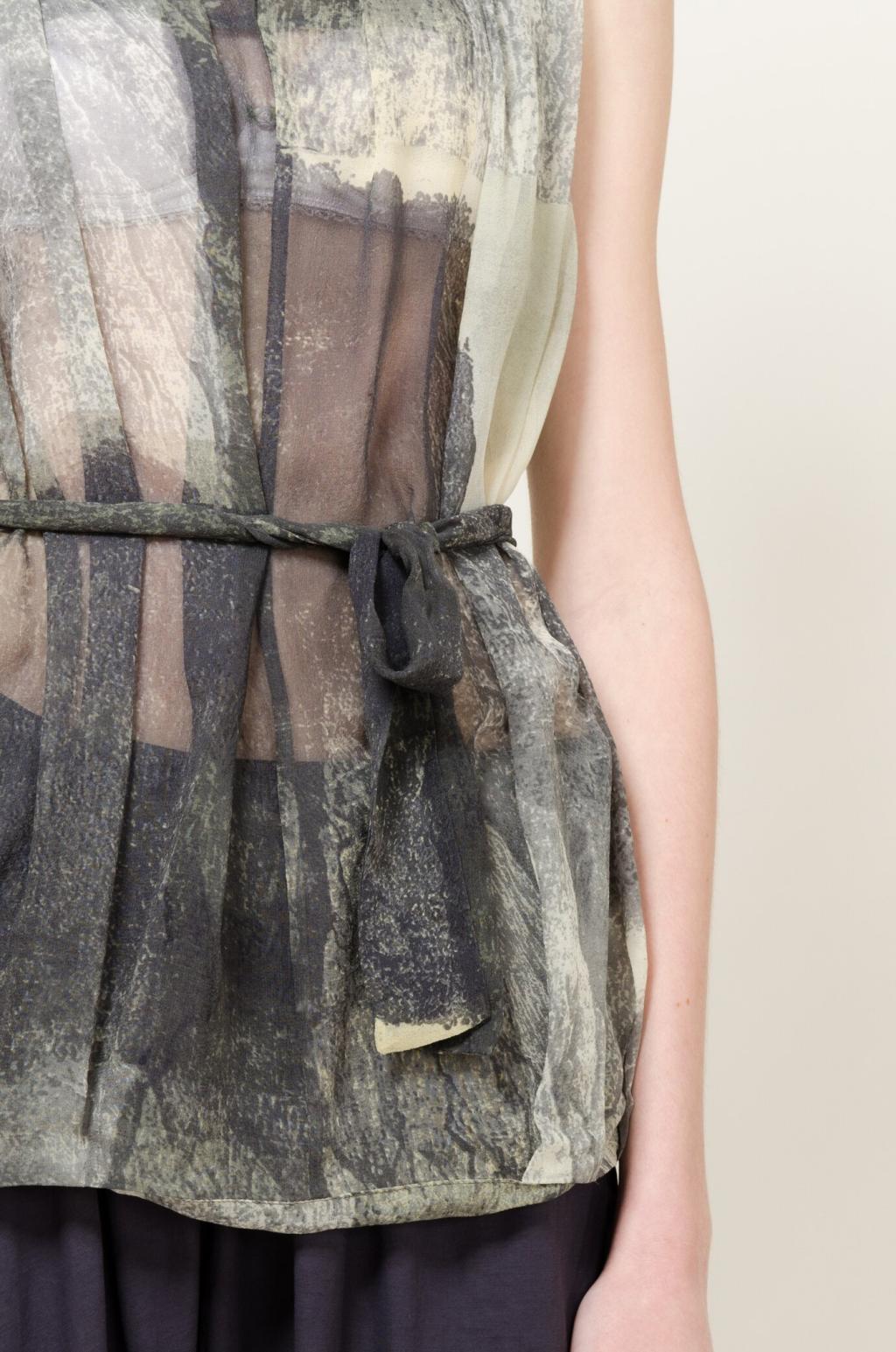
Circular Fashion: Designing for Longevity
Circular fashion represents a transformative approach within the fashion industry, focused on extending the lifecycle of garments and minimizing waste. This strategy shifts away from the linear “take, make, dispose” model to embrace practices that prioritize sustainability, durability, and resource efficiency. By placing longevity at the heart of design and production processes, circular fashion seeks to create garments that last longer, can be repaired, reused, or reinvented. Through innovative strategies and mindful consumer engagement, the industry can address environmental challenges, reduce landfill waste, and pave the way for a more responsible relationship with the clothes we wear.
Rethinking Design for Circularity
Choosing the right materials is fundamental to circular fashion’s goals. Designers increasingly seek out fabrics that are not only robust and enduring but also recyclable or biodegradable at the end of their life cycle. Innovations include regenerated fibers, closed-loop textiles, and plant-based alternatives that maintain their integrity across multiple uses. Emphasis on non-toxic dyes, minimal water usage, and materials sourced responsibly ensures that the environmental footprint of each garment is minimized, supporting both longevity and eventual safe reintegration into nature or manufacturing.
A key principle in circular design is crafting products that are easy to take apart. By constructing garments with modular components, using fewer types of materials, and employing sewing techniques that facilitate removal or replacement, designers enable easier repair and recycling. Zippers, buttons, and seams are reimagined so that parts can be detached, updated, or repurposed with minimal effort. This approach extends the useful life of clothing and ensures that end-of-use processing is straightforward, underpinning a circular ecosystem where materials circulate rather than accumulate as waste.
Long-lasting garments rely not just on physical durability but also on timeless appeal. Prioritizing classic cuts, versatile colors, and adaptable styles over fast-moving trends ensures that clothes remain desirable and wearable for years to come. Designers who commit to seasonless collections or offer updateable elements—like interchangeable collars or reversible fabrics—empower consumers to keep pieces in rotation longer. Encouraging wardrobes that evolve with personal style, rather than replacing outfits each season, lays the foundation for fashion as a lasting investment rather than a quick disposable fix.

Repair as a Standard
As the accessibility of new garments rises, repair has often fallen by the wayside. Circular fashion seeks to revive repair culture, making it an integral part of garment ownership. Brands offer in-house repair services, provide repair kits, or partner with local craftspeople to facilitate mending. Tutorials and workshops give consumers the skills to replace buttons, patch holes, or refit clothes themselves. This reduces unnecessary waste and builds an emotional connection between individuals and their garments, leading to longer lifespans and more thoughtful purchases.

Caring for Garments
Proper garment care greatly impacts how long clothes last. Educating consumers on reading care labels, washing only when necessary, using gentle settings and eco-friendly detergents, and storing pieces mindfully helps prevent premature wear. Brands support this through detailed care instructions and offering after-sales guidance. Promoting these practical habits as part of the overall fashion experience fosters a mindset where responsibility for clothing extends well beyond the checkout, establishing smarter habits that support circularity at home.
The Role of Collaboration and Transparency
Supply Chain Transparency
For circular fashion to be credible and effective, it’s vital that brands demonstrate where and how their garments are made. Transparent supply chains reveal the source of materials, working conditions, and processes for waste management and recycling. Digital tools, such as blockchain or QR code tagging, give customers access to garments’ stories, supporting informed choices and holding brands accountable. Openness encourages continuous improvement and inspires consumer loyalty, as shoppers increasingly seek ethical labels that live up to their sustainability claims.

